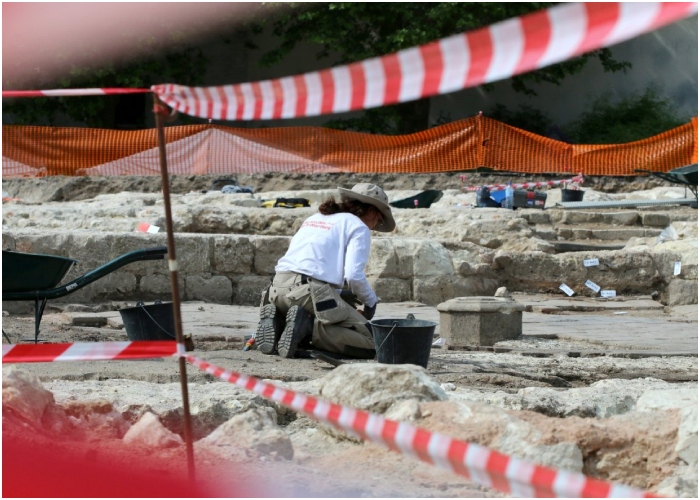The medieval Beaumont Abbey, set in the picturesque Loire Valley, has long stood as a silent witness to the tumultuous history of France. Recent excavations have peeled back layers of time, uncovering a rich tapestry of life that predates even the most storied chapters of French history. The dig has brought to light a millennium of buried stories, from the remains of plague victims to the echoes of a village that thrived over a thousand years ago. This exploration is not just about unearthing structures and artifacts; it’s about reconnecting with the lives of those who walked these grounds before us.
A Village Beneath the Vows
Beneath the solemn grounds of Beaumont Abbey, archaeologists have discovered the remnants of a village that thrived in the shadow of the abbey’s spiritual presence. Belmons, the village beneath the abbey, has emerged from the annals of time, offering a glimpse into the daily lives of people who lived centuries ago. This revelation adds a new dimension to our understanding of the abbey’s history, providing insights into the symbiotic relationship between the villagers and the nuns. The abbey was more than a religious sanctuary; it was a beacon of community and stability in medieval France.

From Sacred to Secular: The Abbey’s Transformation
The walls of Beaumont Abbey have seen the ebb and flow of religious fervor, only to fall silent during the French Revolution. The excavation has traced the architectural evolution of the abbey church, with at least two significant structural transformations before its eventual demise. The initial humble structure with a flat apse eventually gave way to a more grandiose building, reflecting the growth of the abbey’s influence. However, the political upheaval of the French Revolution brought an abrupt end to its religious function, and the once hallowed grounds were repurposed by the state, signifying the stark transformation from the sacred to the secular.